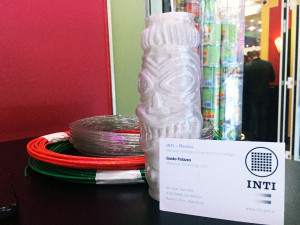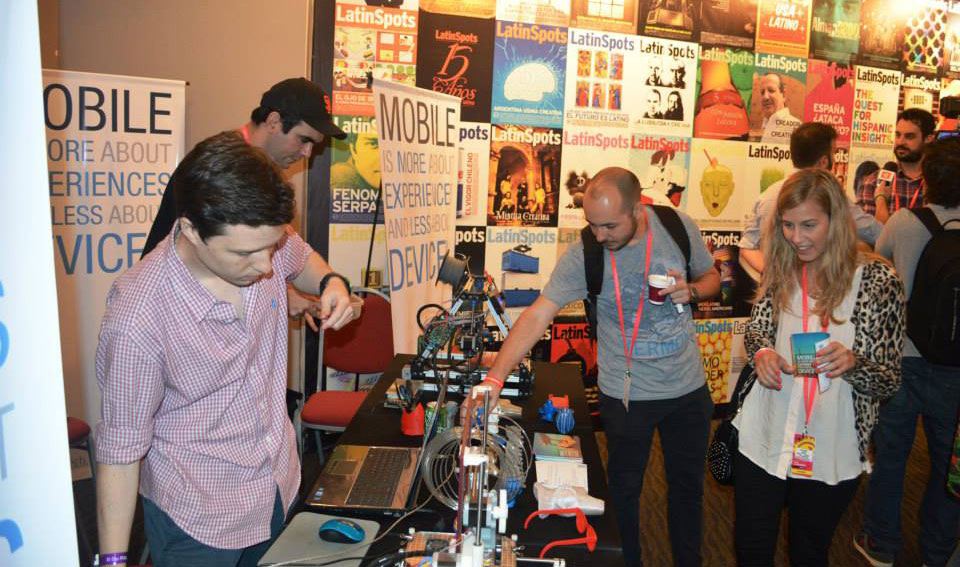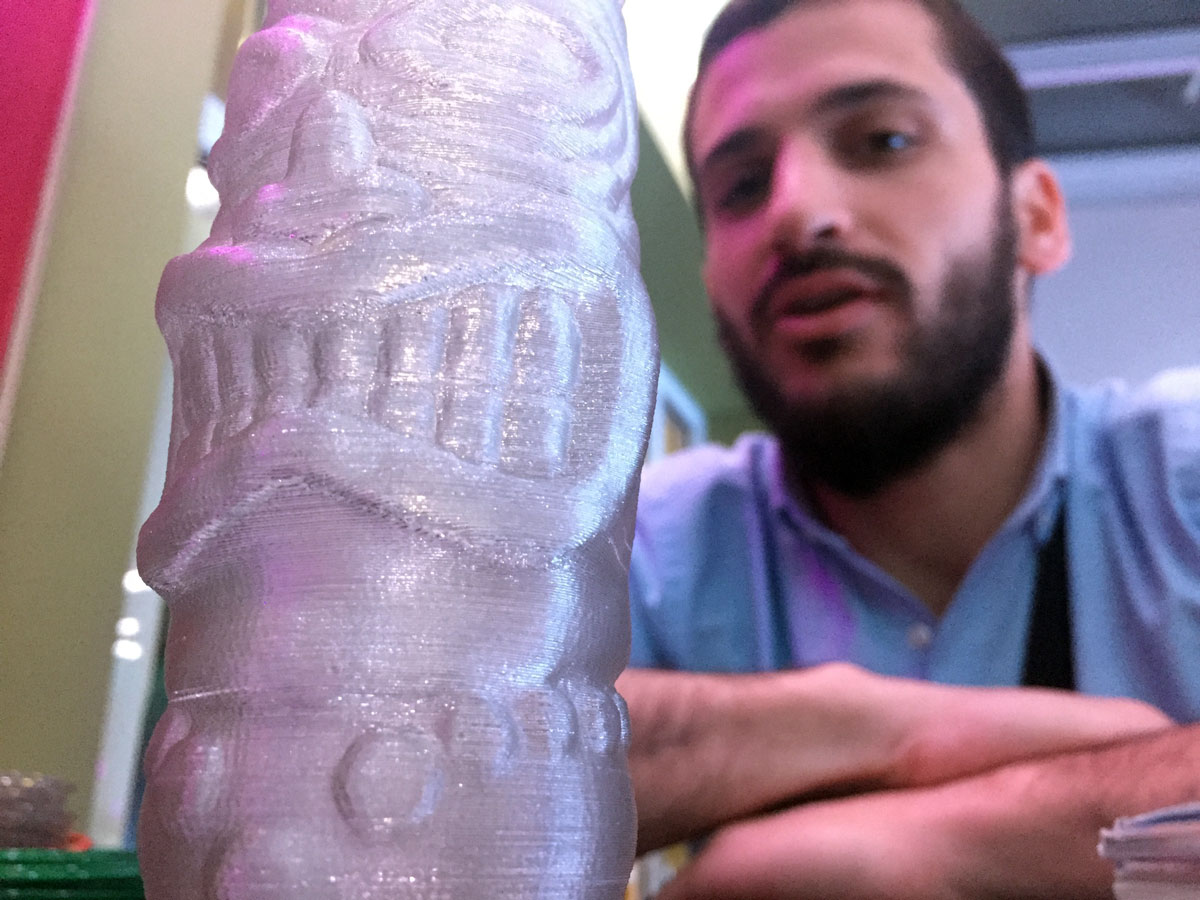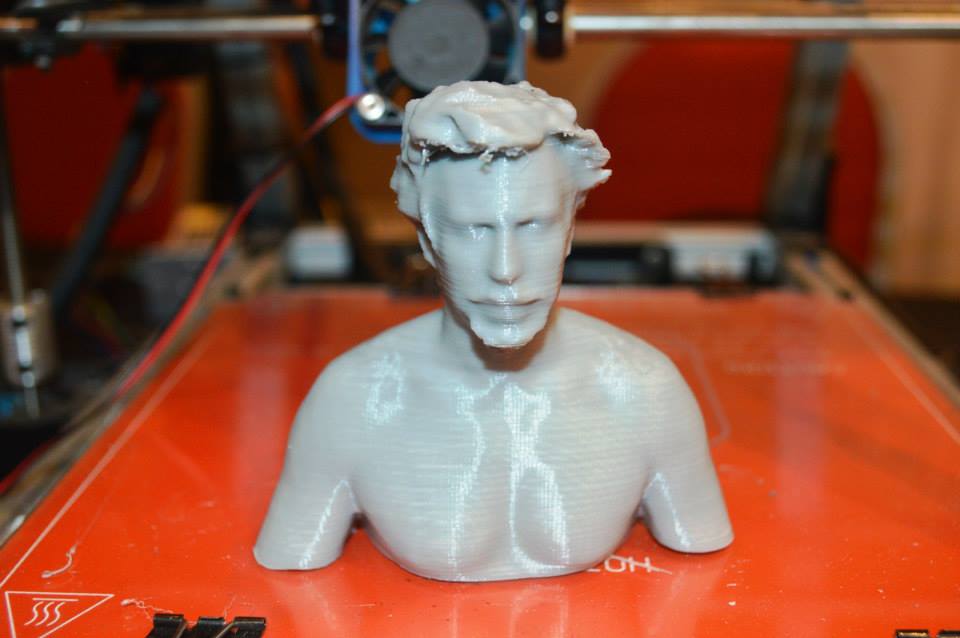PET, Polyethylene terephthalate, is gathering a lot of attention in the 3D printing industry as it can offer the ease of use of PLA coupled with the strength of ABS. However PET filament is currently not made from recycled plastic and since PET is one of the most used types of plastic in the world, effectively recycling it into fully functional 3D printing material would solve a lot of problems.

The iPET project was presented by Horacio Acerbo and Tobias Girelli, the company’s founders, during the The Eye of America Latina 2014 event. It is supported by INTI – Plastics, a division of the Argentinian National Institute of Industrial Technology, a governmental institution that wants to promote innovative initiatives in the private sector.
I met with Guido Palazzo, of the Materials Technology Unit both in London and in Frankfurt. He has visited some of the most important European events to find out if there already are other examples of filament made from fully recycled PET and did not see any comparable project. “PET is a fantastic and very versatile material. We believe EnyeTech has developed the first full process to use recycled PET for any type of 3D printing application,” he told me, “in fact – he added – we are also considering using PET for powder based laser sintering 3D printing as well, effectively replacing nylon.”
The majority of the world’s PET production is actually for synthetic fibers, with about 30% used for plastic bottles. Bottle or packaging PET is difficult to recycle because it is semiporous and absorbs molecules from the food or beverage it contains. EnyeTech is certain the process it developed is effective and to prove the point Guido showed me two spools of color filament, which he assured me were made with 100% fully recycled PET.






